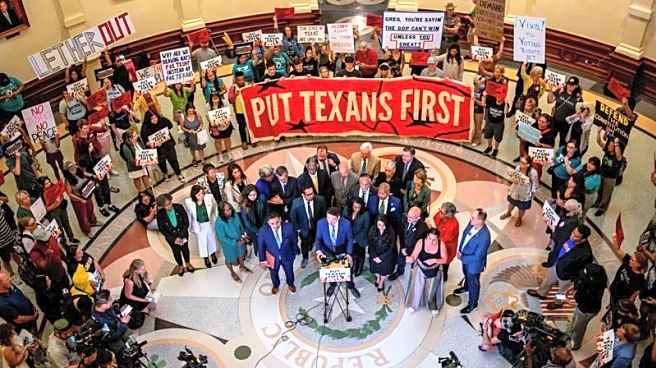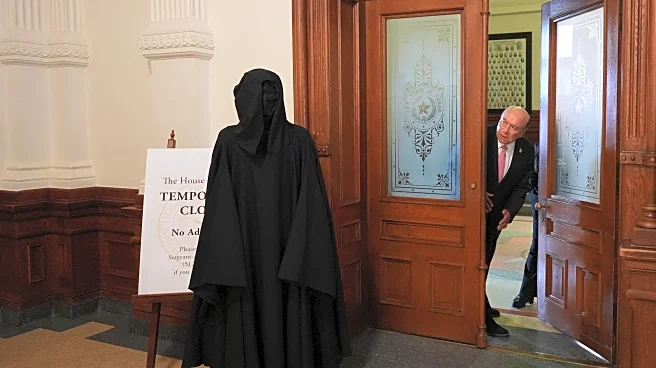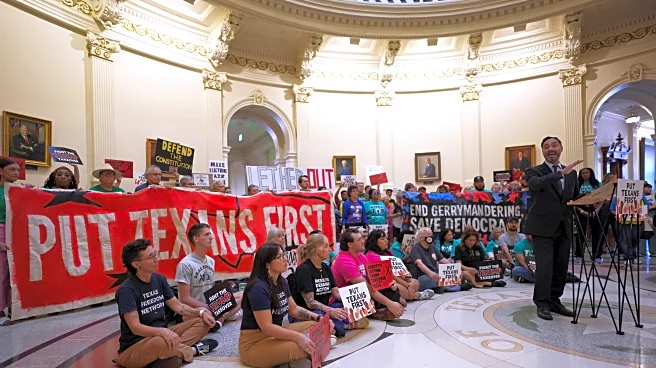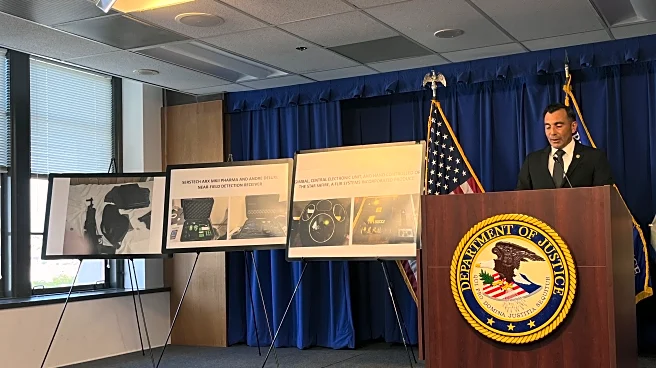Rapid Read • 6 min read
California Governor Gavin Newsom has announced a plan to redraw the state's congressional maps, creating five new districts in response to Texas Republicans' gerrymandering efforts. This move is seen as a direct counter to Texas' plan to add five new Republican-favored districts. The proposal involves a mid-decade redistricting, which is unusual for California, where an independent commission typically handles redistricting. The plan requires voter approval through a special election, as California's constitution mandates that politicians cannot directly alter district boundaries.
AD
This development highlights the escalating political tensions between Democratic and Republican states over gerrymandering, a practice that can significantly influence electoral outcomes. California's response to Texas' actions underscores the strategic importance of congressional district boundaries in shaping the balance of power in the U.S. House of Representatives. The outcome of this redistricting effort could impact national politics by potentially altering the number of seats held by each party, thereby affecting legislative priorities and the ability to pass significant policy measures.
California's plan will be put to a vote in a special election, where voters will decide whether to approve the new district maps. The decision could set a precedent for other states considering similar actions in response to gerrymandering. The political landscape may see increased polarization as states engage in tit-for-tat redistricting efforts. The outcome will also test the Democratic Party's ability to mobilize voters around issues of electoral fairness and representation.
AD
More Stories You Might Enjoy












